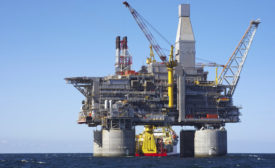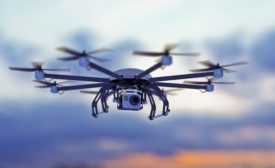Articles by Dr. John Howard
From the NIOSH Director's Desk:
Preparing and protecting the emerging workforce
November 8, 2018
From the NIOSH Director's Desk:
Protecting the health of our nation’s coal miners
October 4, 2018
A NIOSH Science Blog post
Systematic review for occupational safety and health questions
November 28, 2017
From the NIOSH Director's Desk
How do you talk about workplace motor vehicle safety?
November 6, 2017
From the NIOSH Director’s Desk
A Look at the NIOSH Emergency Preparedness and Response Office for National Preparedness Month
September 7, 2017
From the Director’s Desk
Celebrating 50 years of respiratory research at NIOSH
July 6, 2017
Become a Leader in Safety Culture
Build your knowledge with ISHN, covering key safety, health and industrial hygiene news, products, and trends.
JOIN TODAYCopyright ©2025. All Rights Reserved BNP Media.
Design, CMS, Hosting & Web Development :: ePublishing







